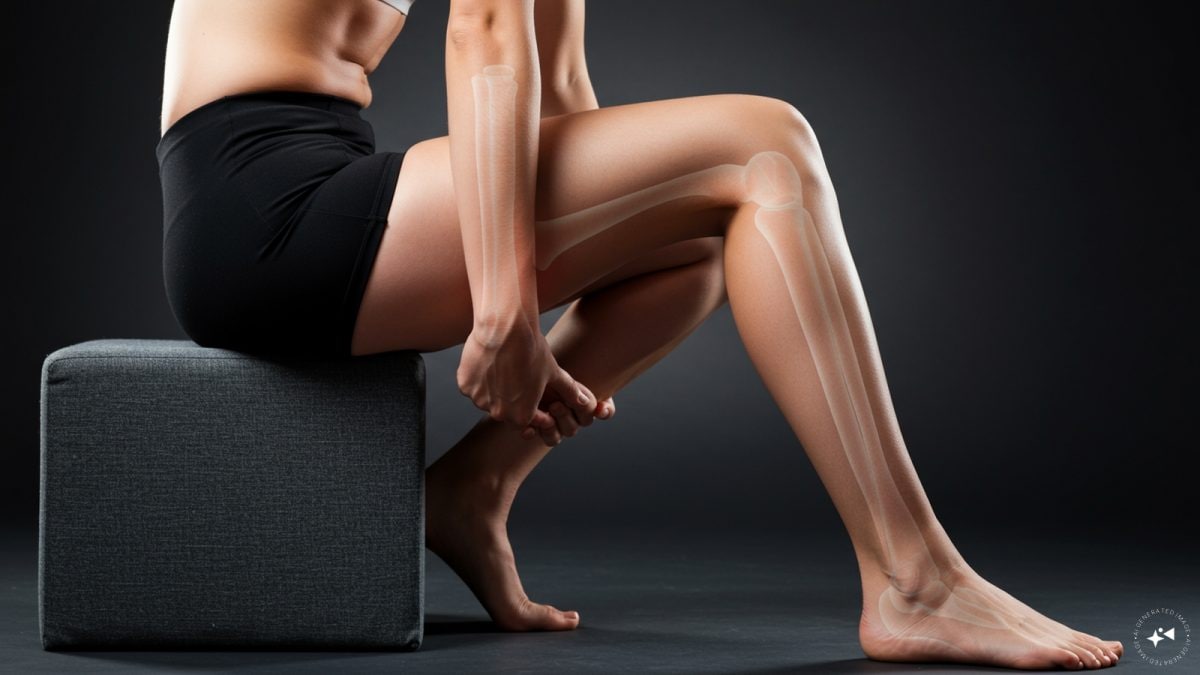Last Updated:
Lack of movement during working hours decreases blood supply and lubrication to the joints.

Besides, weak abdominal muscles and tightened hamstrings — typical among couch potatoes— lack stability, imposing even greater stress on the joints.
Working long hours at a desk seems to be less physically active, but physicians indicate that it poses serious health hazards. Orthopedic specialists predict that prolonged periods of sitting can result in stiffness, pain, and permanent joint damage.
According to Hindustan Times, Dr Ashish Mittal, Director and Head of Unit – Department of Orthopaedics & Joint Replacement, Arthroscopy & Sports Injury, Max Hospital, Dehradun, described how desk work usually leads to chronic pain, muscular imbalance, and decreased joint movement. “Prolonged desktop work can quietly worsen chronic pain, muscular imbalances, and stiffness in the joints, especially the neck, shoulders, spine, hips, knees, and wrists,” Dr Mittal said to Health Shots.
Recommended Stories
How Sitting at a Desk Impacts Joint Health
Lack of movement during working hours decreases blood supply and lubrication to the joints, says Dr Mittal. This, over time, enhances the risk of stiffness and premature degeneration.
Slumping posture aggravates the situation. Slouching over the back, bending the neck, or crossing knees further enhances pressure on the joints and accelerates pain.
Long-term Joint Issues Associated with Sitting
Typical conditions experienced by desk workers are:
- Frequent neck and shoulder rigidity
- Recurring lower backache
- Tightened hips with restricted movement
- Strain in the knee due to incorrect sitting posture
- Wrist and hand pain due to frequent typing or use of the mouse
Besides, weak abdominal muscles and tightened hamstrings — typical among couch potatoes— lack stability, imposing even greater stress on the joints.
Preventive Measures to Safeguard Joints
Prevention was given major importance by Dr Mittal. Some useful measures are:
- Performing regular exercises involving stretching
- Using ergonomic chairs and desks
- Taking short walking breaks every hour
- Practicing proper sitting posture
“Long-term issues can be avoided by seeing an orthopedic expert or physiotherapist as soon as discomfort appears,” he advised.
Advanced Care for Severe Joint Damage
For people whose joint problems have already progressed significantly, medical intervention can be necessary. Joint replacement surgery has proven beneficial, offering patients relief from chronic pain.
These procedures have evolved to be more sophisticated in the last few years, with options like robotic arm-assisted joint replacement allowing for better accuracy, less pain after surgery, and faster recovery,” Dr Mittal clarified.
Now that desk work is the new normal, specialists urge professionals to acquire preventive habits early. Preventing joint problems now, they attest, is crucial to remaining active and free from pain later in life.
About the Author

Nishad Thaivalappil is a Lifestyle and Entertainment Journalist with almost a decade-long odyssey in the realms of movies, music, culture, food, and travel. He leads the Lifestyle desk at News18.com. Besides ha…Read More
Nishad Thaivalappil is a Lifestyle and Entertainment Journalist with almost a decade-long odyssey in the realms of movies, music, culture, food, and travel. He leads the Lifestyle desk at News18.com. Besides ha… Read More
Loading comments…
Go to Source
Author: News18





)
